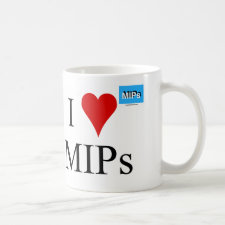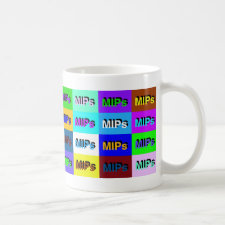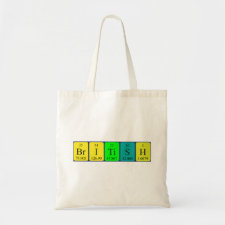
Authors: Ahmad I, Siddiqui WA, Qadir S, Ahmad T
Article Title: Synthesis and characterization of molecular imprinted nanomaterials for the removal of heavy metals from water.
Publication date: 2018
Journal: Journal of Materials Research and Technology
Volume: 7
Issue: (3)
Page numbers: 270-282.
DOI: 10.1016/j.jmrt.2017.04.010
Alternative URL: http://www.sciencedirect.com/science/article/pii/S2238785416300497
Abstract: Heavy metal pollution presents an important global environmental problem due to its toxic effects that may accumulate in the food chain. For removal of toxic heavy metals from different sources of water, various technologies such as chemical precipitation, membrane filtration, solvent extraction, electrodialysis, ion exchange and adsorption are employed. However, only the adsorption method is the most versatile and widely used, while others are more expensive and of low feasibility. A wide variety of porous materials, such as agricultural waste, polymers, clay minerals and carbon materials have been investigated as adsorbents for the removal of toxic metals. In this study, the adsorbent stability in acidic and basic medium, desorption study as well as its reusability and recyclability were adequately assessed. The effect of contact time, pH and adsorbent dose were addressed by various authors, which specifies the reliability and efficiency of nanoparticles as potential adsorbents. The molecular imprinted (MI) nanomaterials are also suitable for a broad spectrum of applications such as biosensing, molecular imaging, and drug delivery. However, there are certain setbacks that can be reduced or diminished through the coating of nanoparticles with various polymers of biological origin. These biopolymers are biocompatible, non-toxic and renewable. They possess chemical groups that permit further functionalization of the MI nanoparticles. Multifunctional entities can be created through decoration with specific molecules e.g. proteins, peptides, drugs, antibodies, cells and transfection agents. Therefore, MI nanomaterials may be used as the future materials for the environment and human sustainability
Template and target information: heavy metals
Author keywords: WHO, sol-gel, TEOS, SEM, adsorption, Desorption



Join the Society for Molecular Imprinting

New items RSS feed
Sign-up for e-mail updates:
Choose between receiving an occasional newsletter or more frequent e-mail alerts.
Click here to go to the sign-up page.
Is your name elemental or peptidic? Enter your name and find out by clicking either of the buttons below!
Other products you may like:
 MIPdatabase
MIPdatabase









